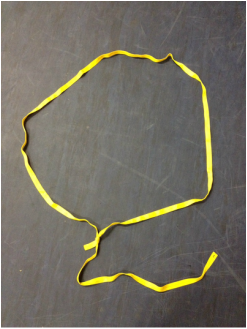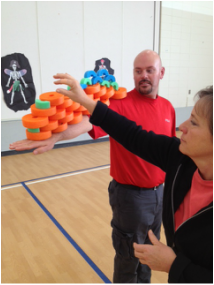
Raccoon Circles help me scaffold a number of challenge course activities that will eventually involve higher risk. One such activity is All Aboard - the group stands atop a small box or platform without touching the ground. So, to prepared my groups for the "snuggle" challenge of All Aboard I introduce them to Everybody In (a slight change to the All Aboard Raccoon Circle challenge described in The Revised Book of Raccoon Circles).







 RSS Feed
RSS Feed